 VCGL FACTS VCGL FACTSby Mark Campbell (Special Guest Contributor) |
|
|
The Konix Multisystem is an unreleased British designed video game console that was scheduled to be released in August of 1989.
Like the Nintendo Wii, one manufacturer of the era was brave enough to come up with a concept for a games machine that recognized the
potential of offering more interactive ways of playing games. Unusually though, it was a Joystick manufacturer from Wales in the UK
with no experience of making games machines that decided to offer its take on what it thought the games playing public wanted. Evolving from a quite cute design for a steering wheel controller (nothing new there) came a design that easily morphed between a steering wheel, a motorbike handle bar and a flight yoke for an airplane. This design in its own right would have been quite impressive, but the designer (Wyn Holloway) saw the potential this machine could have if it were the basis of a complete games system. At this very time, Mr. Holloway stumbled upon an article in Ace magazine about a prototype system for a very impressive gaming console in search of a which manufacturing assistance. A partnership was formed shortly thereafter with Flare. The earliest, most common name internally at Konix for the machine before it was called the Konix Multisystem was "The Arcade System". Not particularly catchy (however nor is Multisystem!), but it does fully describe what Wyn was intending. The electronics for the Multisystem were based on the revolutionary Flare One computer system. Originally intended to use cartridges, the system was redesigned to use cheaper to produce floppy disks with propriety copy protection. It was adapted over the development life of the machine to suit programmers requests for more memory and some other features that made programmers lives easier and made the machine more capable. Technical demos showed the power of the machine, although the games in development didn't really seem to create such an impact as they were mostly ports of successful games already released for other platforms. Letting his imagination run wild, Mr. Holloway came up with all manner of add-ons for the new gaming system. One was a home version of a hydraulic chair (popular at the time in the arcades for games like Outrun and Afterburner) where he identified a way of providing a very similar effect but for a fraction of the cost. He also came up with a light gun that had a recoil feature. Constantly adding ideas into the melting pot and letting everyone know ALL about these ideas, he managed to generate a frenzy of enthusiasm surrounding his products. The controller design called "Slipstream" could be modified by the user with simple and quick twisting actions to form the handle bars of a motorbike, the yoke of an airplane and with the addition of a slip on cover - a steering wheel. The controller integrated controls that mimicked gear selection and could be locked into several positions that were appropriate for the operating mode. For example, when in airplane yoke mode the shaft the control was mounted on could pivot through an axis to simulate pitch controls. Its said that the controller also had rumble features, though this can't be confirmed at this time. Because the machine and Konix were completely unknown within the electronics community, most major developers were very interested but held back from investing any time or effort into producing games for the machine. Of the handful that did take an interest, some of the games they produced were quite run of the mill, but others such as AMC'89 did show the potential that the machine had. |
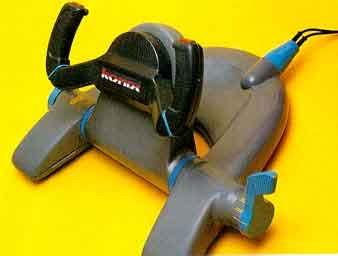 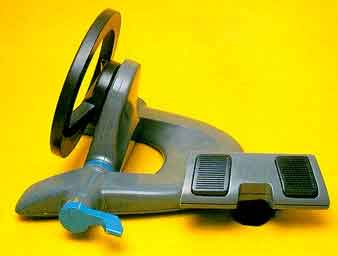 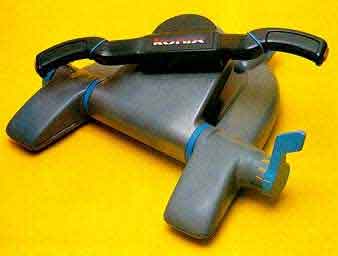 |
|
Enthusiasm ran high for the anticipated release of this new gaming system. The very attractive price point (£200, £14 for
games) coupled with Wyn's charisma and
ability to sell anything to anyone created the wave of hype and expectations that existed at the time. Development kits for the
Multisystem were
distributed to developers, resulting in over twenty game betas. A few hand built prototypes of the complete machine as it may have been sold to us
were used for promotional purposes at trade shows and in magazine articles etc. Its said that some software houses also had
"Finished" consoles to test with. Unfortunately, the results of there collective efforts would be in vain. It has been speculated said that Konix simply ran out of funds to complete the Multisystem, which is probably the most accurate account resulting in the disappointing end to this console. After the Konix project fell through a lot of people had a bad time of it all, but Wyn rose Phoenix-like from the ashes and launched MSU. The company utilized Wyn's experience and engineering contacts acquired with this work on the Konix project in an effort to create the Multisystem 2. However, this would be a short lived endeavor with the Multisystem passing quietly into the night never to be heard from again. It is commonly written that the Atari Jaguar is the Multisystem 2, which is not true. The Jaguar is really the Flare Two and was sold to Atari where Atari further developed the idea into what became the Atari Jaguar. It is actually more of a spiritual successor to the Konix Multisystem and no doubt shares some similar but further developed ideas. The essence of the Jaguar was developed by two of the people that developed the Konix Multisystem, but they were only part of a bigger team that developed the Jaguar into what Atari wanted. |
|
|
|
|
| A special thank you to Mark for sharing his expertise and extensive knowledge on the Konix Multisystem. Please visit his excellent website, Slipstream: The Konix Multisystem Archive, for further information including actual game footage. | |
|
|
|
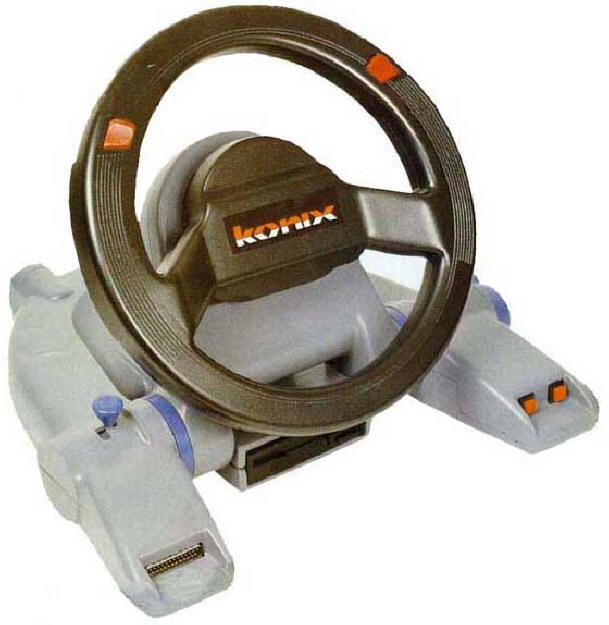 |
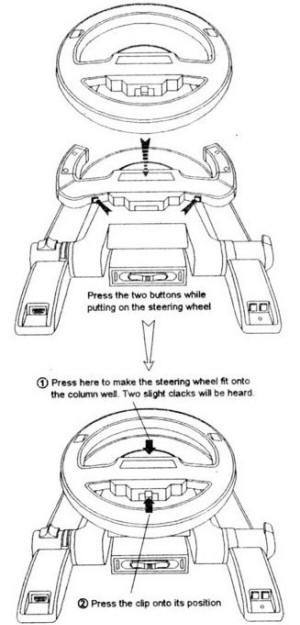 |
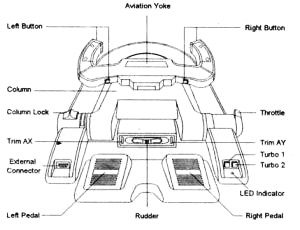 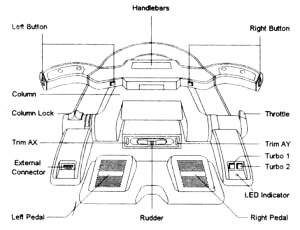 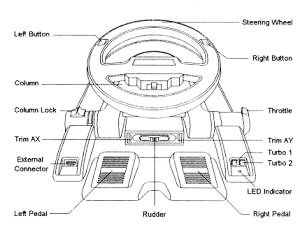 |
|
|






 2010s - NOTES
2010s - NOTES


 MODELS
MODELS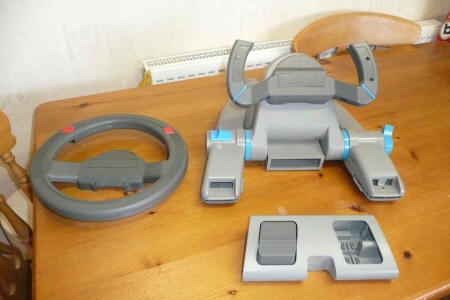
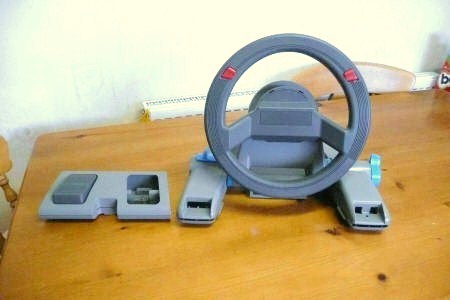
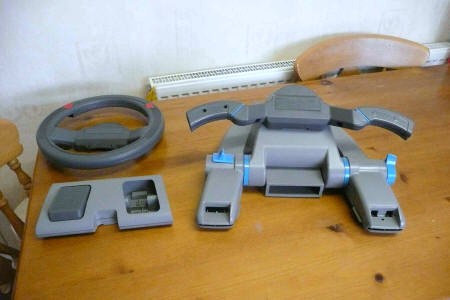
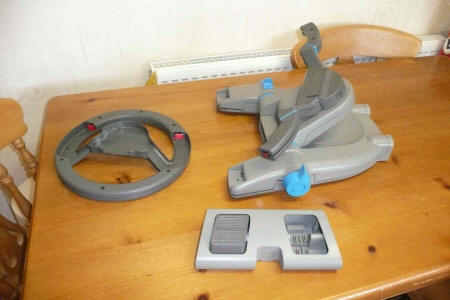
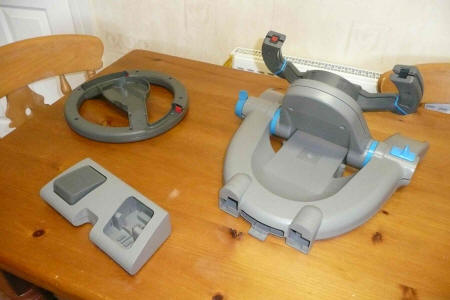
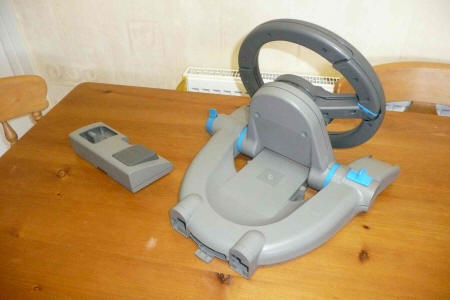
 CLONES
CLONES SPECS & MANUALS
SPECS & MANUALS OTHER
MEDIA
OTHER
MEDIA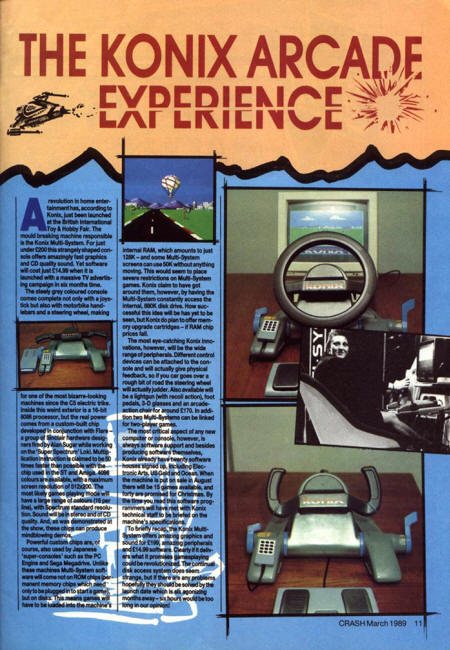
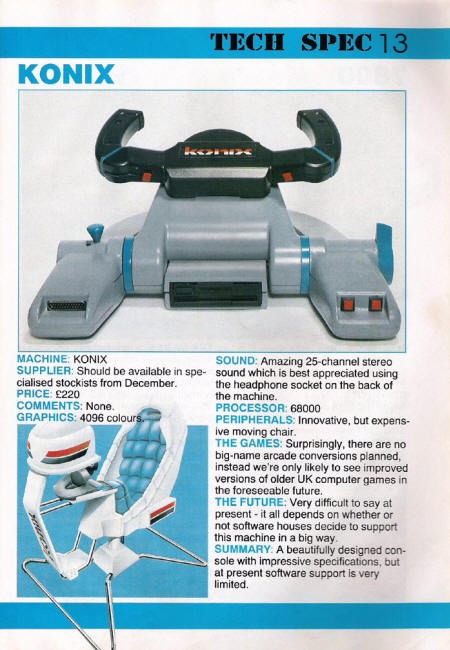
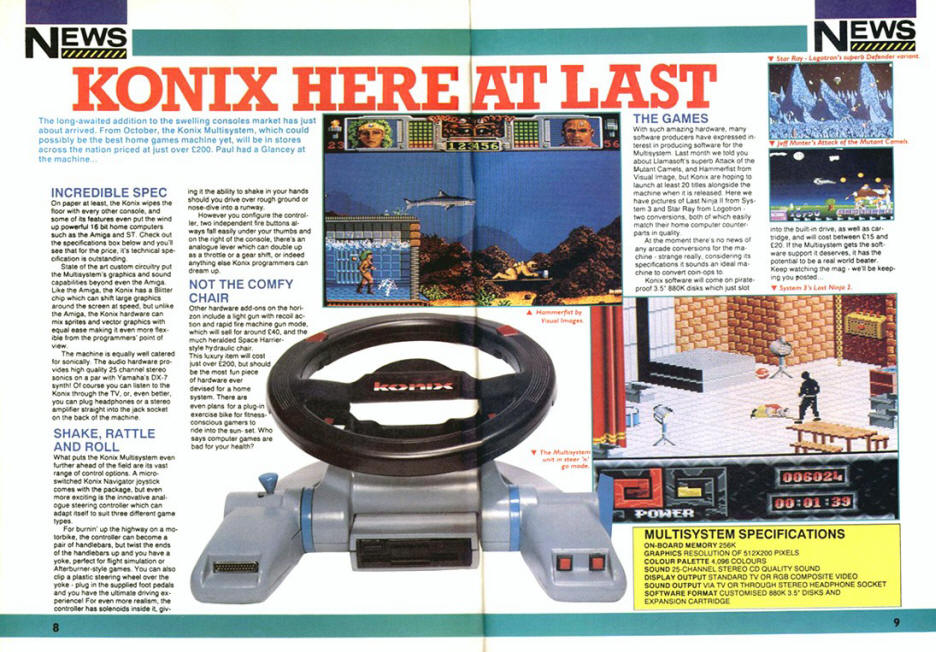
 WEB RESOURCES
WEB RESOURCES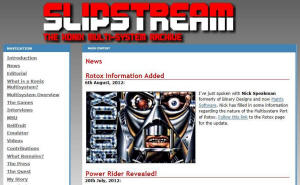
 DISCUSS
DISCUSS